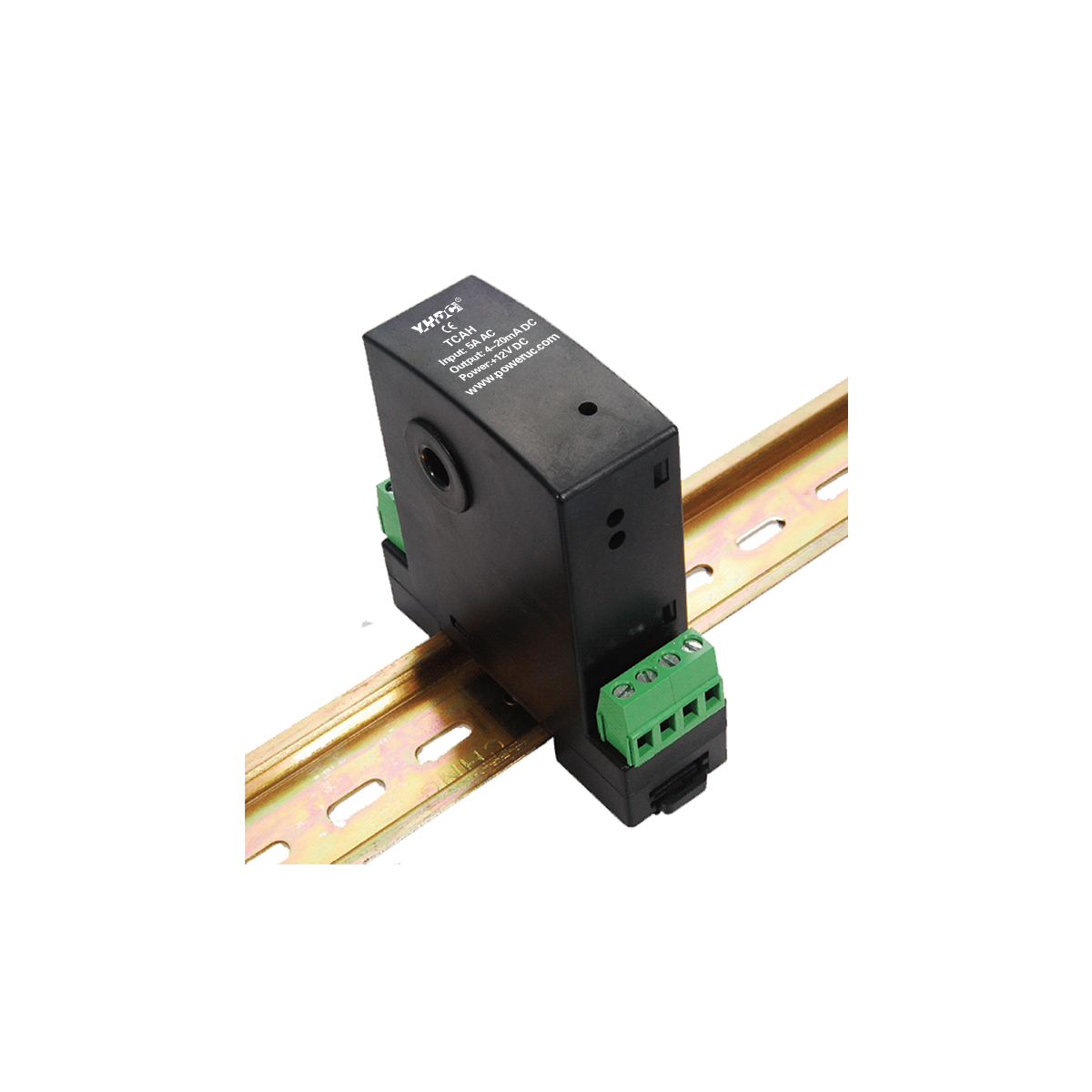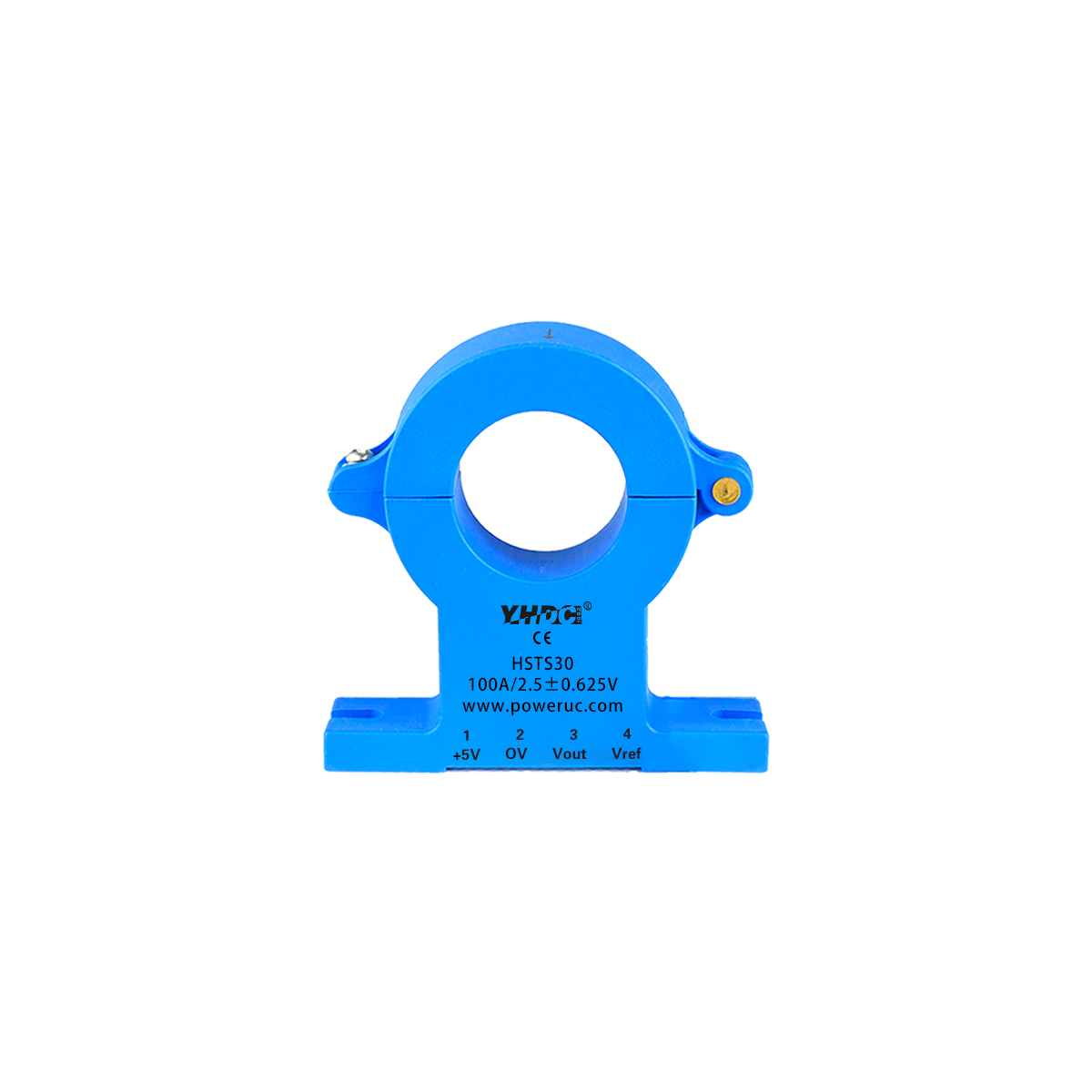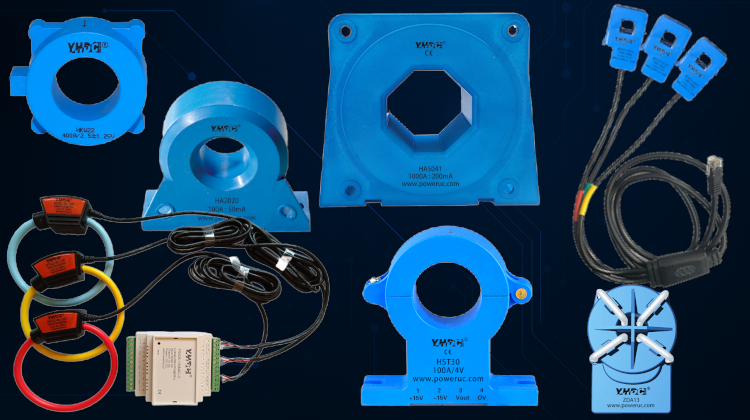
In industrial measurement and control systems, current transmitters and voltage transmitters convert analog signals into standardized electrical signals for long-distance transmission to control rooms for monitoring, recording, and control. The uniformity of these standard signals is critical for ensuring interoperability between different devices and system stability. The International Electrotechnical Commission (IEC) has established 4-20mA DC and 1-5V DC (via resistive conversion) as the analog signal standards for process control systems.
Current signals offer significant advantages over voltage signals during long-distance transmission. Industrial environments often experience severe electromagnetic interference, which easily distorts voltage signals. Additionally, voltage signals suffer voltage drops due to wire resistance during extended transmission, leading to signal attenuation and measurement errors.
The advantages of current signals are primarily reflected in the following aspects:
• Strong Interference Resistance: Noise voltages in industrial environments can reach several volts, but noise power is weak, typically generating noise currents below the nA level. Current signals are less affected by line resistance, resist attenuation, and ensure reliable data transmission in harsh electrical noise environments.
• Long transmission distance: Current sources exhibit infinite internal resistance, meaning wire resistance in series within the loop does not affect accuracy. As long as the transmission loop remains unbranched, the current through the loop remains constant regardless of wire length. This allows transmission over standard twisted-pair cables for hundreds of meters or more, ensuring transmission precision.
• Reduced cabling: Two-wire 4-20mA signal transmission simultaneously provides both power and signal, reducing cable usage and thereby lowering wiring costs and complexity.
The 4-20mA DC signal is the most widely adopted standard analog signal in industrial applications. Its selection is not coincidental but based on multifaceted technical and safety considerations.
The choice of 4mA as the starting point for the 4-20mA signal, rather than 0mA, is one of its most critical features, known as the “Live Zero.”
• Fault Diagnosis: When the signal reads 0mA, it clearly indicates a line break (open circuit) or device failure, rather than a zero measurement value. This makes fault diagnosis straightforward and intuitive, avoiding confusion between a zero signal and a broken wire fault.
• Sensor Powering: For two-wire transmitters, the 4mA current provides the minimum operating current required for sensors, ensuring proper function. This eliminates the need for additional power wires, simplifying wiring.
The choice of 20mA as the full-scale signal value is also based on safety and practicality considerations.
• Safety: The spark energy generated by the 20mA current flow is insufficient to ignite gas, meeting intrinsic safety explosion-proof requirements—critical in flammable and explosive industrial environments.
• Power Consumption and Cost: While ensuring signal transmission quality and response speed, 20mA represents a relatively low current value, helping reduce power consumption and equipment costs.
In summary, the 4-20mA DC signal has become the most widely adopted standard in industrial automation and process control due to its exceptional interference resistance, long-distance transmission capability, unique “live zero” fault diagnosis function, and inherent safety. It reliably transmits measurement data while effectively reducing wiring costs and enhancing system reliability.






Copyright © 2024 PowerUC Electronics Co.